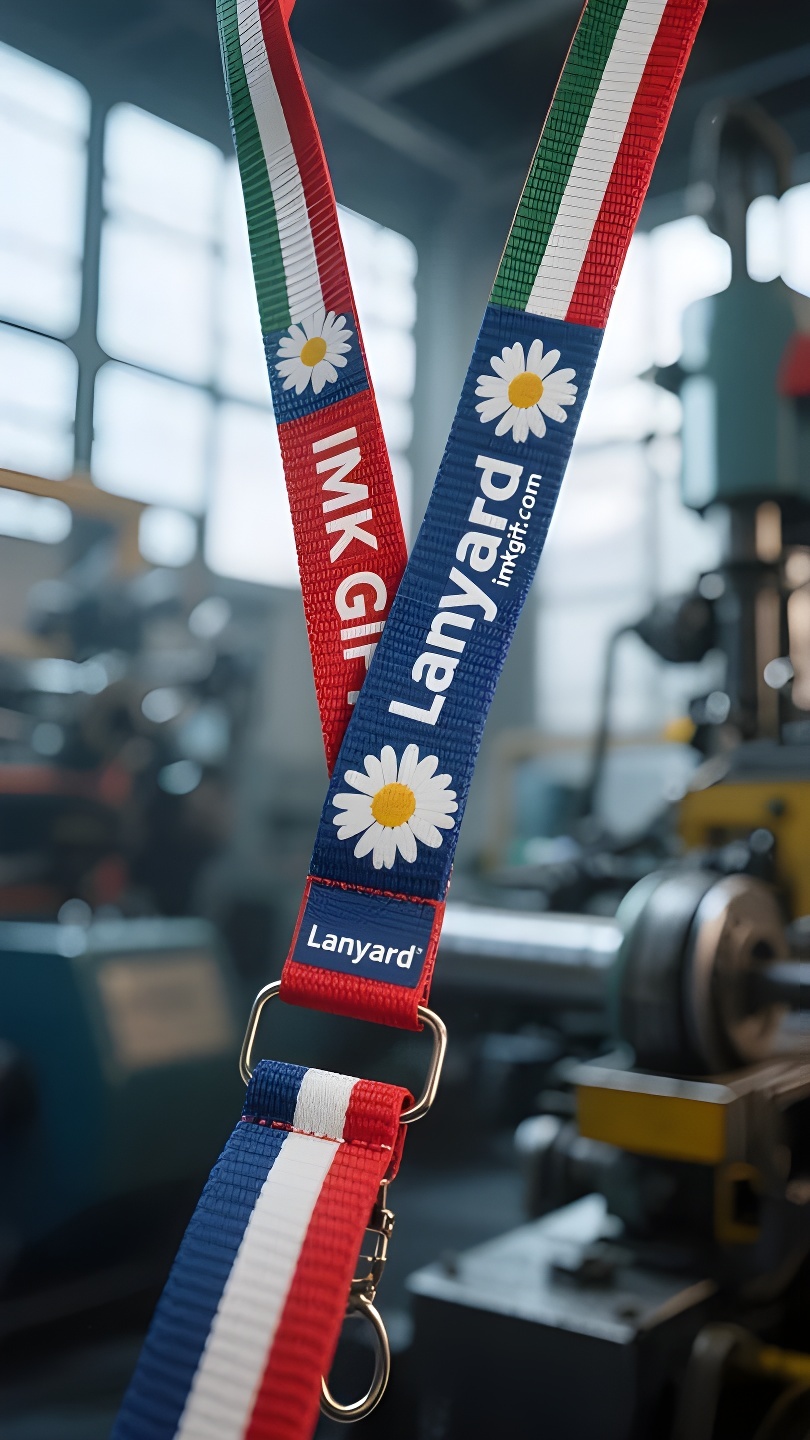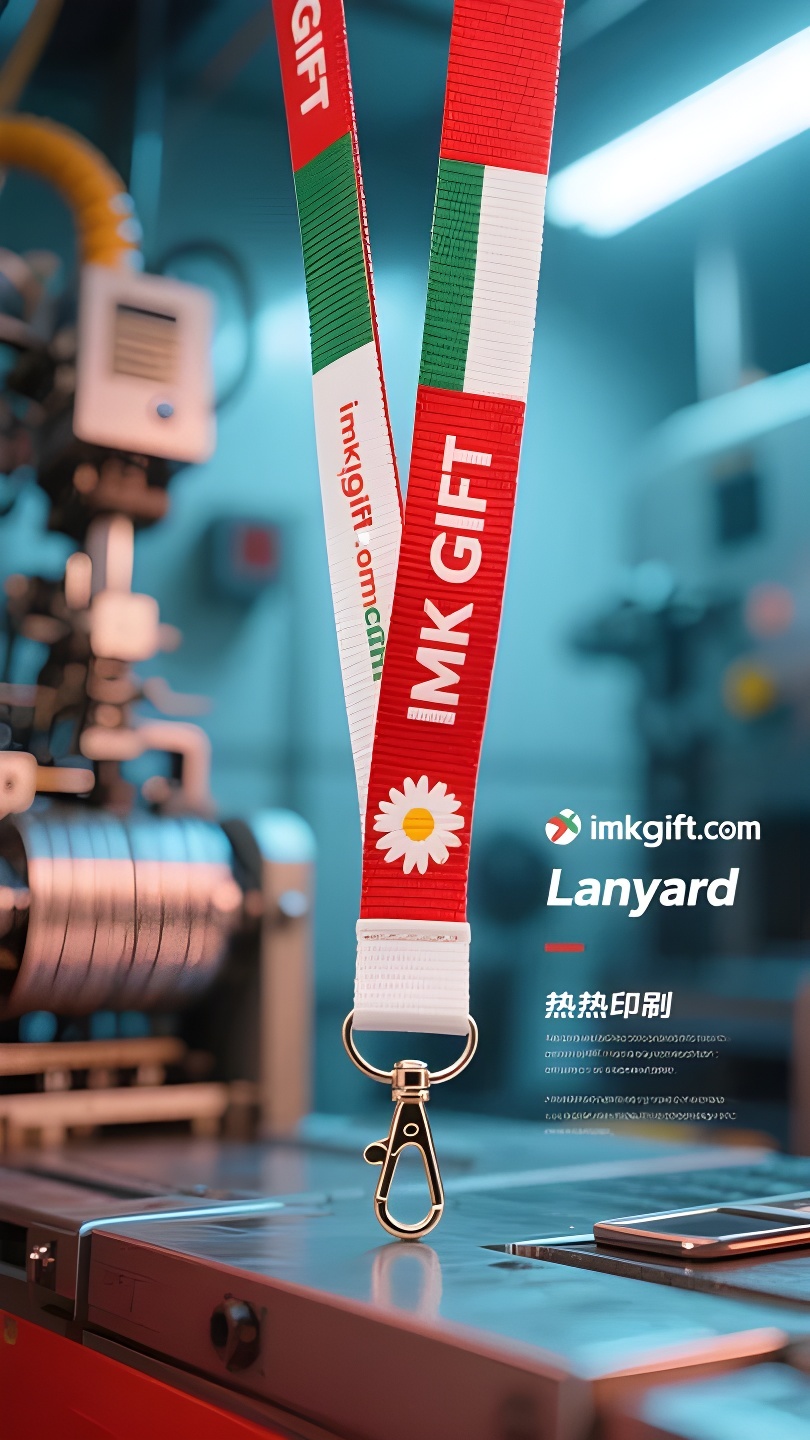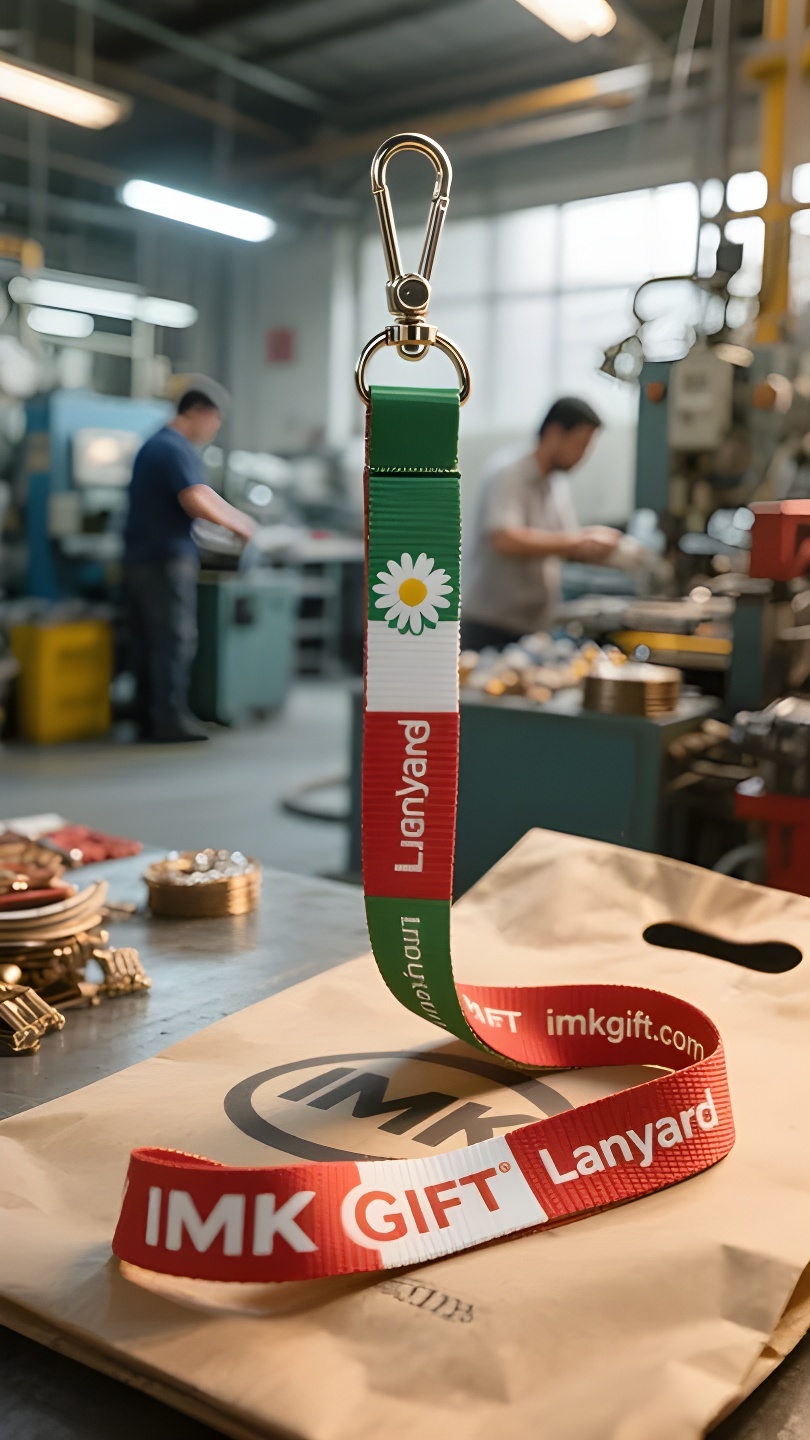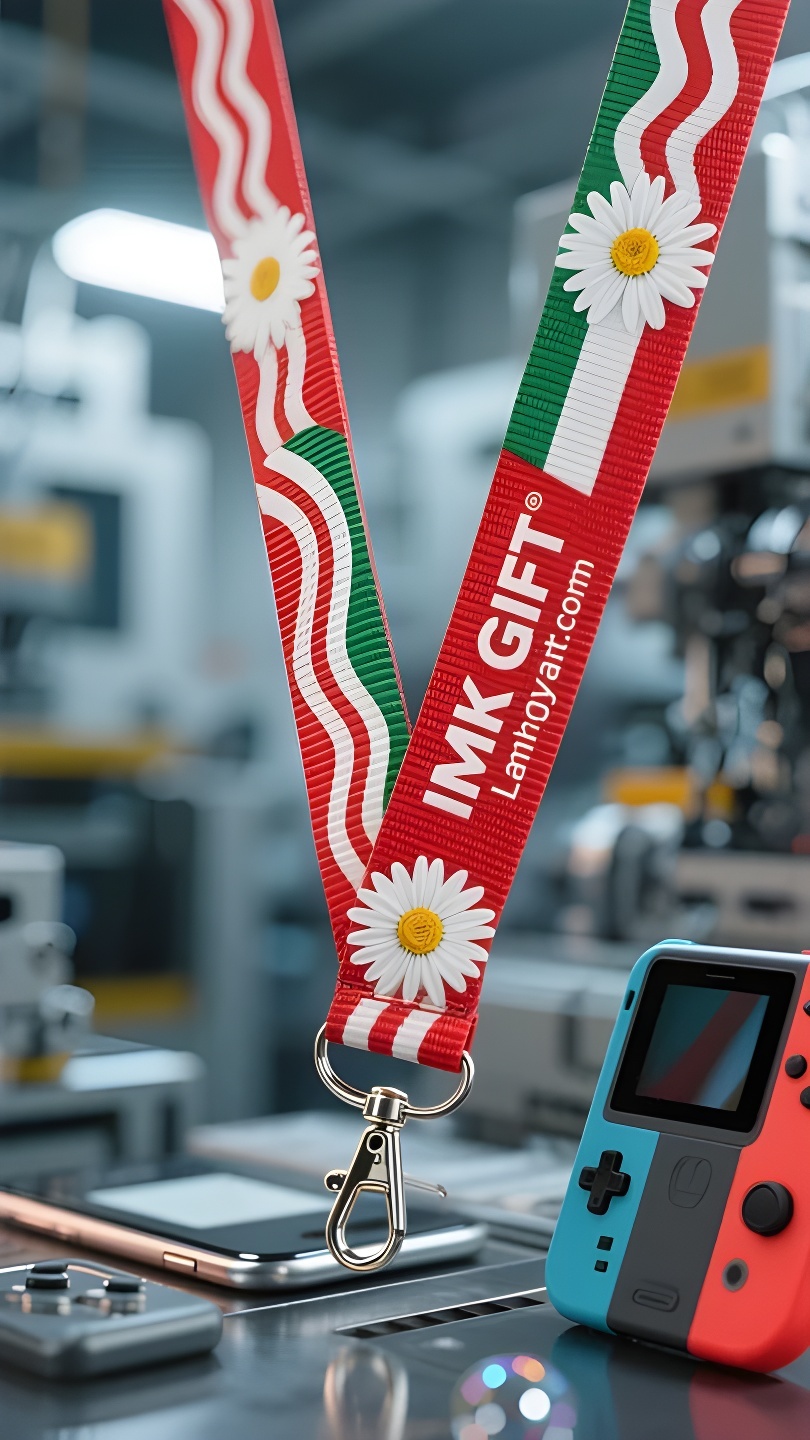in986-Margherite-e-Tricolore-Tessendo-un-forte-legame-di-speranza
▼
Nelle strade d’Italia a giugno, il bagliore dei festeggiamenti per la Festa della Repubblica non si è ancora dissipato e il verde, il bianco e il rosso della bandiera tricolore si distendono ancora al vento. In questo momento, i cordini di margherite che ondeggiano sul petto delle persone raccontano il codice spirituale di questo Paese in modo più delicato: il coraggio e la rinascita intrecciati nei fili di seta. L’artigianato tessile dei cordini di margherite ha origine dalla tradizione degli antichi villaggi di pescatori del Mediterraneo. I marinai avvolgevano tre fili di seta colorati con steli di margherite per creare amuleti a protezione della pace. Il filo di seta verde è tratto dai pini e dai cipressi degli Appennini, a simboleggiare l’eterna continuazione della vita; il filo di cotone bianco è come la schiuma del Mar Adriatico, portatore della pia fede nella pace; il filo di canapa rossa è intriso del tramonto della Toscana, condensando il sangue tramandato di generazione in generazione. Quando si intrecciano a spirale con le margherite al centro, è come un’interpretazione concreta della bandiera italiana, che condensa la magnificenza del Paese e la fede del popolo in un’unica corda. Questa fibra vegetale apparentemente fragile mostra una straordinaria tenacia dopo essere stata intrecciata da mani abili. Proprio come l’Italia, risorta dalle rovine dopo la Seconda Guerra Mondiale, ha ricostruito la città con l’arte e conquistato il mondo con il design. Il cordino con le margherite ci ricorda che la vera forza non risiede nella durezza, ma nel saper intrecciare elementi diversi in un insieme indistruttibile. Ogni individuo apparentemente comune è un filo indispensabile nella longitudine e latitudine di un Paese. Quando il sole splende attraverso gli spazi del cordino con le margherite e proietta luci e ombre tricolori sul terreno, vediamo non solo la bellezza dell’artigianato, ma anche la saggezza di sopravvivenza di una nazione che trasforma la sofferenza in arte. Questa potrebbe essere la rivelazione che l’Italia ha offerto al mondo: la fioritura della vita inizia sempre con la delicata riparazione di ciò che è rotto.
In the streets of Italy in June, the afterglow of the Republic Day celebrations has not yet dissipated, and the green, white and red of the tricolor flag are still stretching in the wind. At this moment, the daisy lanyards swaying on people’s chests are telling the spiritual code of this country in a softer way – the courage and rebirth woven into the silk threads. The weaving craftsmanship of daisy lanyards originated from the tradition of ancient Mediterranean fishing villages. Sailors wrapped three colors of silk threads with daisy stems to make amulets to protect peace. The green silk thread is taken from the pines and cypresses of the Apennine Mountains, symbolizing the eternal continuation of life; the white cotton thread is like the foam of the Adriatic Sea, carrying the pious belief in peace; the red hemp thread is soaked in the sunset of Tuscany, condensing the blood passed down from generation to generation. When they are intertwined in a spiral with daisies as the center, it is like a concrete interpretation of the Italian flag, condensing the magnificence of the country and the faith of the people in one rope. This seemingly fragile plant fiber shows amazing toughness after being woven by skillful hands. Just like Italy, which rose from the ruins after World War II, it rebuilt the city with art and conquered the world with design. The daisy lanyard reminds us that true strength lies not in hardness, but in knowing how to weave different elements into an unbreakable whole. Every seemingly ordinary individual is an indispensable thread in the longitude and latitude of a country. When the sun shines through the gaps in the daisy lanyard and casts three-color light and shadow on the ground, we see not only the beauty of craftsmanship, but also the survival wisdom of a nation that transforms suffering into art. This may be the revelation that Italy has given to the world: the flourishing of life always begins with the gentle repair of the broken.
六月的意大利街头,共和国日庆典的余韵未散,三色旗的绿、白、红依旧在风中舒展。此刻,人们胸前摇曳的雏菊挂绳,正以更柔软的方式诉说着这个国家的精神密码——那些被编织进丝线里的勇气与新生。
雏菊挂绳的编织工艺源于地中海古老渔村的传统,水手们将三种颜色的丝线与雏菊花茎缠绕,制成护佑平安的护身符。绿色丝线取自亚平宁山脉的松柏,象征生命的永恒延续;白色棉线如同亚得里亚海的浪沫,承载着对和平的虔诚信仰;红色麻线则浸染过托斯卡纳的晚霞,凝结着世代传承的热血。当它们以雏菊为中心螺旋交织,恰似意大利国旗的具象化演绎,将国土的壮美与国民的信念浓缩于一绳。
这种看似脆弱的植物纤维,经巧手编织后展现出惊人的韧性。正如二战后废墟中崛起的意大利,用艺术重建城市,用设计征服世界。雏菊挂绳提醒着我们:真正的力量不在于刚硬,而在于懂得将不同元素编织成牢不可破的整体。每个看似平凡的个体,都是国家经纬线上不可或缺的丝线。
当阳光穿透雏菊挂绳的缝隙,在地面投下三色光影,我们看到的不仅是工艺之美,更是一个民族将苦难转化为艺术的生存智慧。这或许就是意大利献给世界的启示:生命的蓬勃,永远始于对破碎的温柔修复。
▼
Contact Us
📞 Tel: +0086-760-85286839
📧 Email: sales3@imkgift.com








